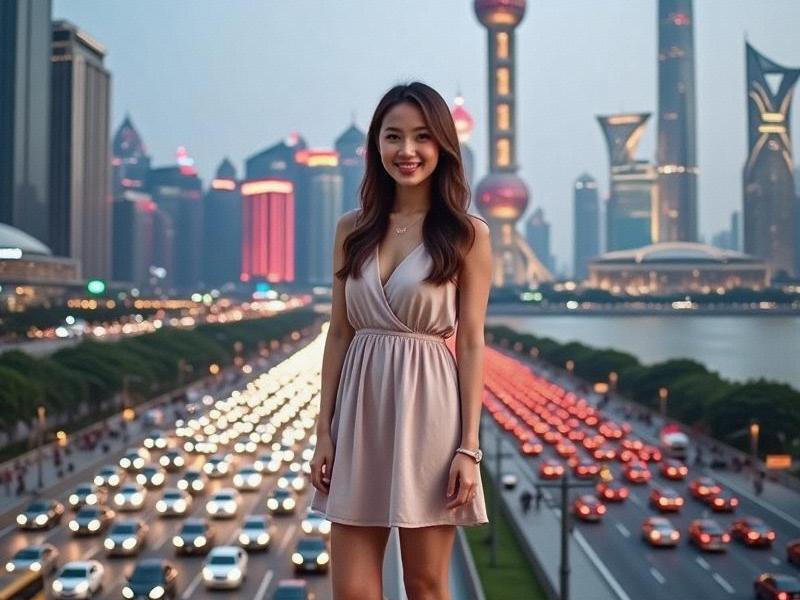
Section 1: Shanghai's Beauty Legacy
Shanghai's reputation as China's style capital dates back to the 1920s Jazz Age, when:
- The first Western beauty salons opened on Nanjing Road
- Qipao dresses became fashionable social attire
- Cosmetic advertisements appeared in vernacular newspapers
Today, Shanghai accounts for:
- 38% of China's luxury beauty market
- 72 international cosmetic brand headquarters
- Asia's largest concentration of beauty influencers
Section 2: The Modern Shanghai Woman
Market research reveals three dominant style archetypes:
上海龙凤419足疗按摩 1. The Corporate Elegant:
- Favors neutral palettes and tailored silhouettes
- Average spends ¥8,000/month on appearance
- Prefers "quiet luxury" brands
2. The Creative Maverick:
- Experimental with colors and textures
- 68% shop at local designer boutiques
- Strong social media presence
3. The Traditional Modernist:
- Blends hanfu elements with contemporary wear
- Leads the guochao (national trend) movement
- Growing influence in fashion weeks
爱上海同城对对碰交友论坛 Section 3: The Beauty Economy
Shanghai's beauty industry generates ¥47 billion annually through:
- 5,800+ beauty salons
- 42 professional cosmetology schools
- 19 international beauty expos annually
Innovation highlights include:
- AI skin diagnosis systems
- Custom 3D-printed makeup
- Sustainable beauty startups
Section 4: Cultural Influences
Shanghai style uniquely combines:
上海龙凤阿拉后花园 - French elegance (historical concession influence)
- Japanese minimalism
- Korean beauty trends
- Traditional Chinese aesthetics
Section 5: Future Directions
Emerging trends suggest:
- Rise of "skinimalism" (natural beauty focus)
- Growth of male grooming market
- Virtual beauty (AR try-ons, digital fashion)
- Heritage beauty revival
As Shanghai continues evolving as a global fashion hub, its distinctive approach to beauty remains deeply rooted in Chinese culture while embracing international influences.
